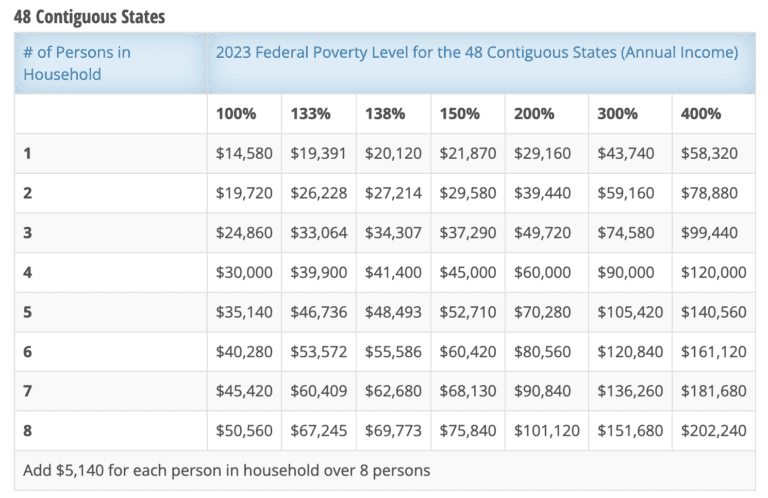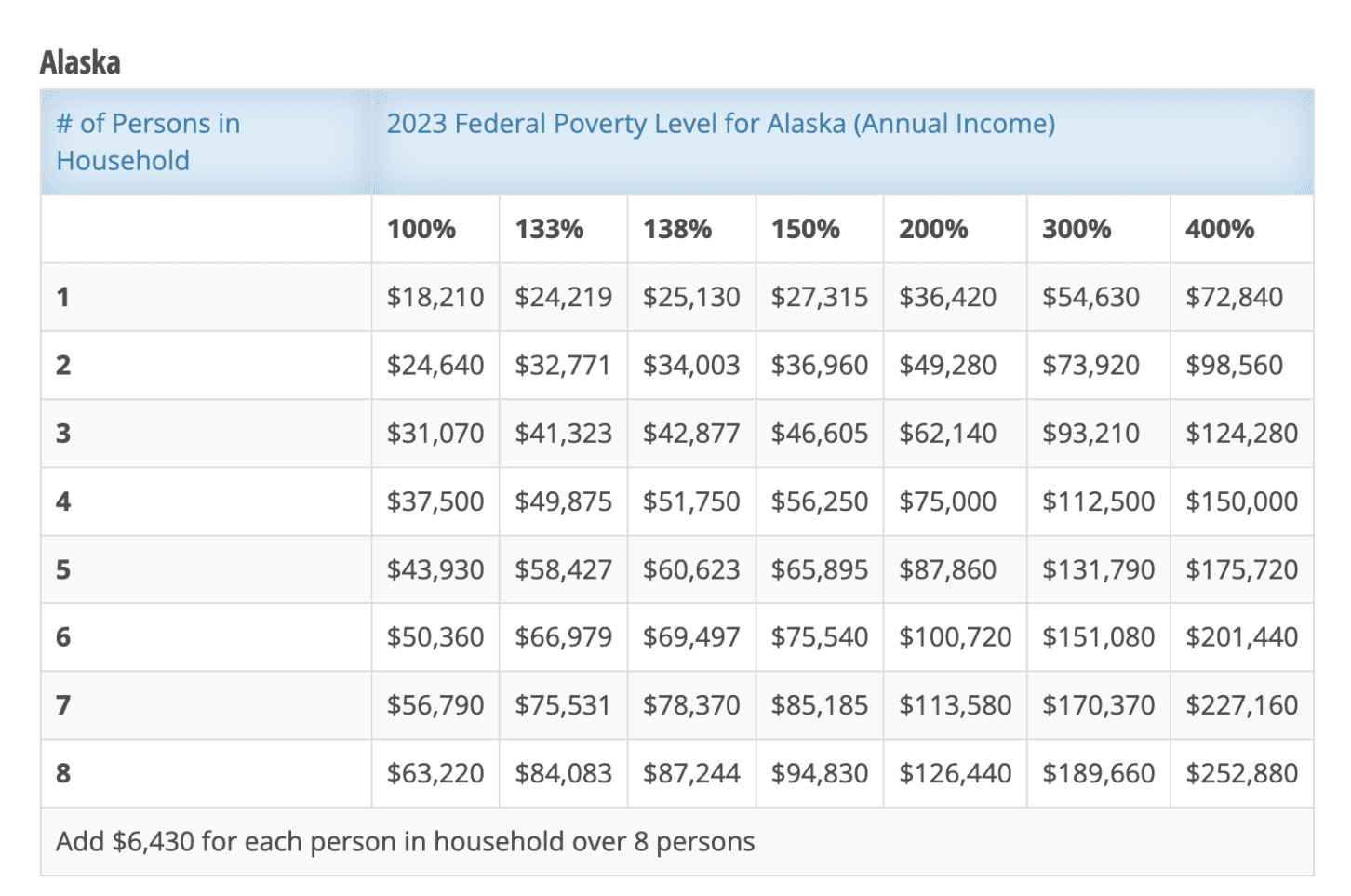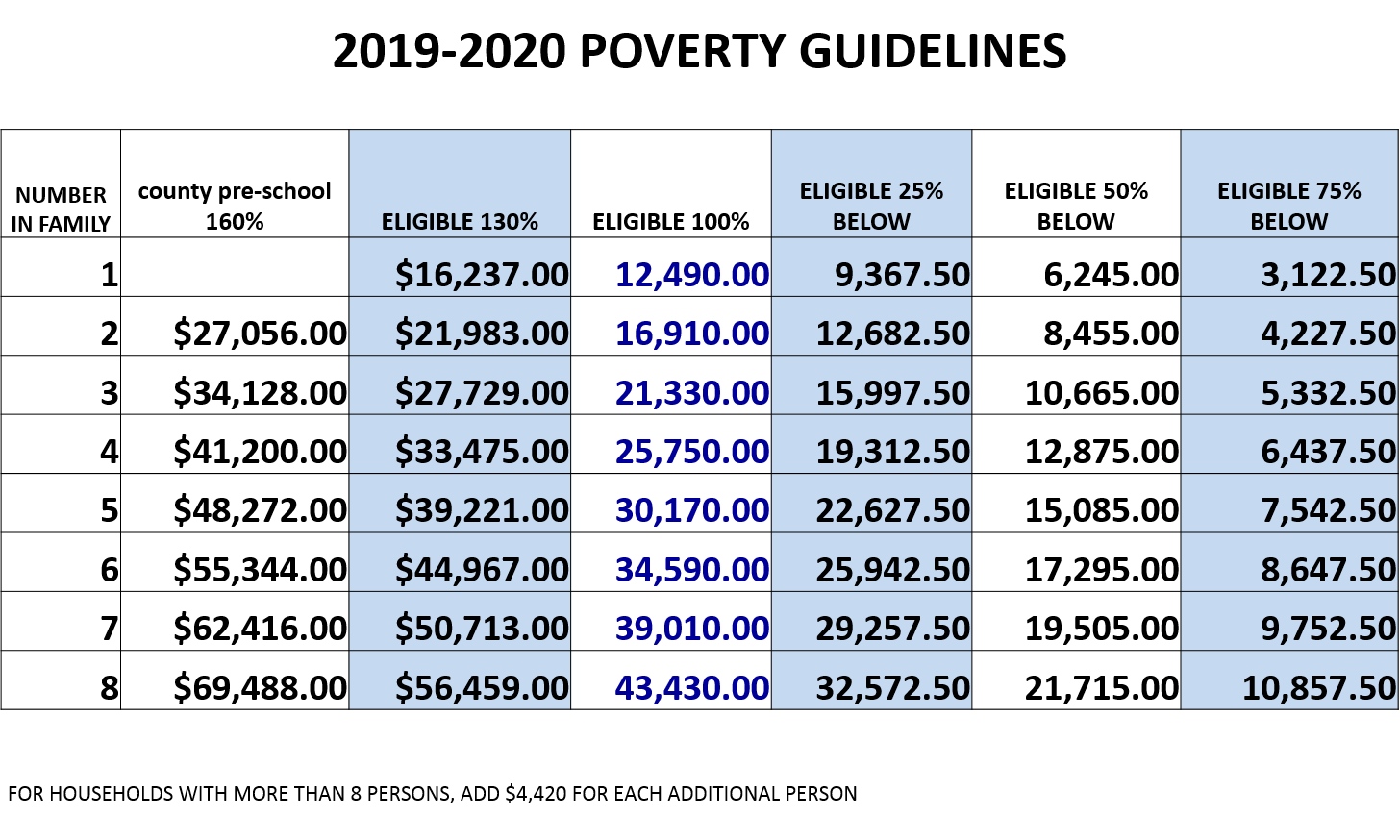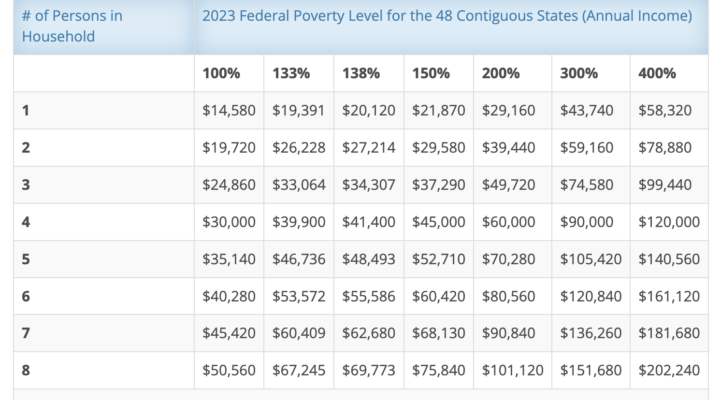Table of Contents
- Uscis Poverty Guidelines For 2024 - Image to u
- USCIS Federal Poverty Guidelines for 2023 Immigration | Updated
- Chart: Poverty Indicators Worsen in Post-Pandemic Asia | Statista
- Poverty Level Income 2024 Uscis - Image to u
- Poverty Level Income 2024 Uscis - Image to u
- 2025 Poverty Guidelines Uscis - Hanny Kirstin
- Uscis Poverty Guidelines For 2024 - Image to u
- USCIS Federal Poverty Guidelines for 2023 Immigration | Updated
- USCIS Federal Poverty Guidelines for 2023 Immigration | Updated
- USCIS Federal Poverty Guidelines for 2023 Immigration | Updated

The Department of Health and Human Services (HHS) has released the 2025 Poverty Guidelines for the 48 contiguous states in the United States. These guidelines, also known as the Federal Poverty Guidelines (FPG), are used to determine eligibility for various government programs, including Medicaid, the Children's Health Insurance Program (CHIP), and the Supplemental Nutrition Assistance Program (SNAP). In this article, we will delve into the details of the 2025 Poverty Guidelines for the 48 contiguous states and what they mean for individuals and families.


What are the 2025 Poverty Guidelines?

The 2025 Poverty Guidelines are a set of income levels that are used to determine whether an individual or family is considered to be living in poverty. The guidelines are based on the number of people in a household and the annual income. For the 48 contiguous states, the 2025 Poverty Guidelines are as follows:

- 1 person: $14,580
- 2 people: $19,720
- 3 people: $24,860
- 4 people: $30,000
- 5 people: $35,140
- 6 people: $40,280
- 7 people: $45,420
- 8 people: $50,560


How are the Poverty Guidelines used?

The Poverty Guidelines are used to determine eligibility for various government programs, including:

- Medicaid: a joint federal-state program that provides health insurance to low-income individuals and families
- CHIP: a program that provides health insurance to children in low-income families
- SNAP: a program that provides food assistance to low-income individuals and families
- Other programs, such as Head Start and the Low-Income Home Energy Assistance Program (LIHEAP)
These programs use the Poverty Guidelines to determine whether an individual or family is eligible for benefits. For example, an individual with an income at or below 100% of the FPG may be eligible for Medicaid, while an individual with an income at or below 130% of the FPG may be eligible for SNAP.

Why are the Poverty Guidelines important?
The Poverty Guidelines are important because they help to ensure that individuals and families who are struggling financially have access to the resources they need to live healthy and productive lives. By providing a consistent and reliable measure of poverty, the guidelines help to:
- Identify individuals and families who are in need of assistance
- Target resources to those who need them most
- Evaluate the effectiveness of government programs and policies
In conclusion, the 2025 Poverty Guidelines for the 48 contiguous states provide a critical framework for determining eligibility for government programs and services. By understanding the guidelines and how they are used, individuals and families can better navigate the system and access the resources they need to thrive. For more information, visit the ASPE website to download the PDF version of the 2025 Poverty Guidelines.
References:
U.S. Department of Health and Human Services. (2025). 2025 Poverty Guidelines. Retrieved from https://aspe.hhs.gov/poverty-guidelines